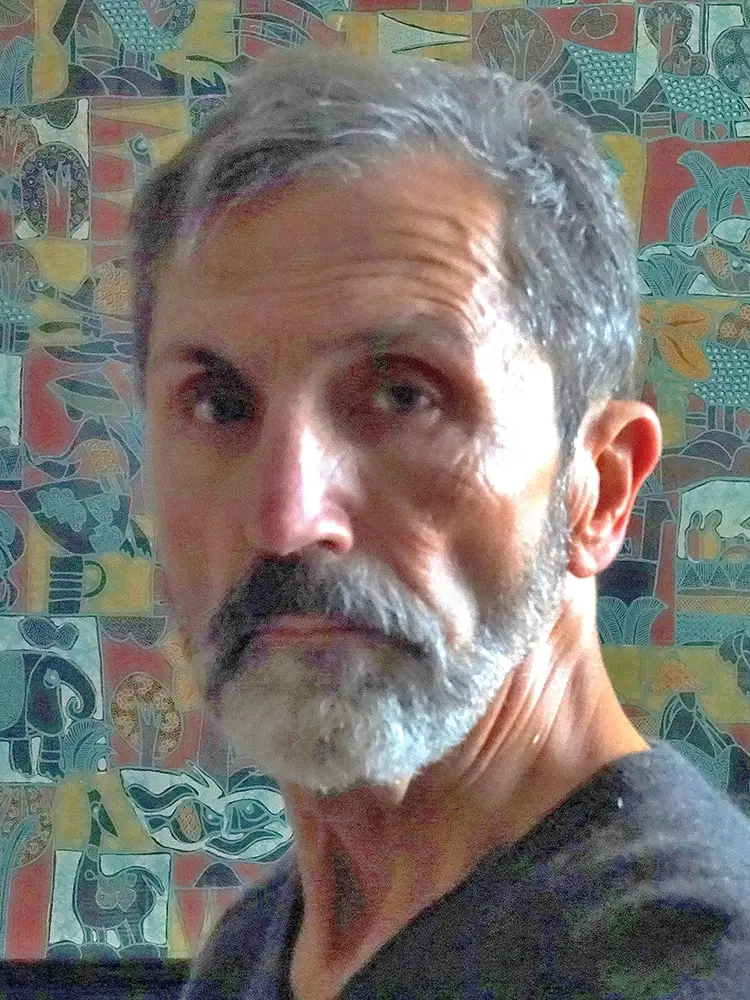With a varied photographic background, I started taking photos as a child because my father loved it too — he was my first teacher.
Like Cartier-Bresson, the camera is like a notebook to me, so I shoot often, at any time and in any weather. I love lines and light, the way they play with shapes, so I photograph mainly buildings, but also landscapes, still lifes, and, more rarely, people.
As a civil engineer, I've taken many photos at various construction sites to document their progress.
As a geographer, I document them during my travels in Italy and abroad, for myself or as a tour guide. I also have three ongoing projects on the stone quarries around Rome and on two old, disused buildings (an aqueduct and a work area).
I've also photographed a few weddings, and some of my articles have been published online by a photography magazine.
So, a mix of work and hobby — and... I love it!
AAP Magazine:
AAP Magazine 49: B&W